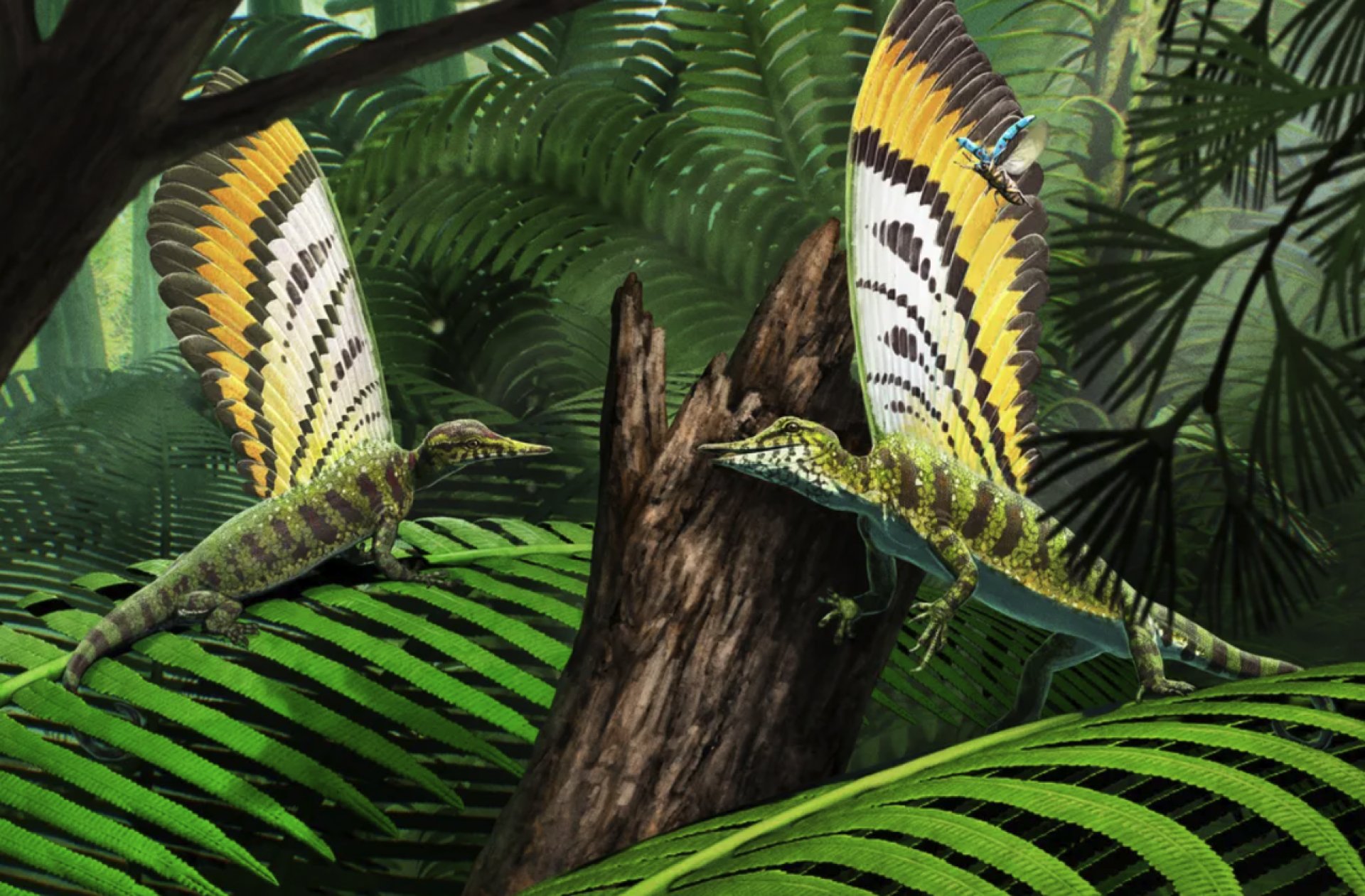Paleontologists have made a remarkable discovery about the Triassic reptile Mirasaura grauvogeli, which lived approximately 247 million years ago. A recent study published in the journal Nature examines a fossil of this ancient creature, revealing that its distinctive feather-like structure was not made of feathers at all. Instead, researchers propose that the appendage was a unique type of skin that fanned out from the reptile’s back, possibly serving as a means of communication.
This revelation comes from a research team based at Stuttgart’s State Museum of Natural History in Germany, which revisited a fossil first discovered in 1939 and acquired by the museum in 2019. The study’s authors suggest that the skin structure of Mirasaura may have played a significant role in social interactions among these reptiles. The findings challenge the long-held belief that these back appendages were feathers, proposing instead that they possessed a distinctive corrugated texture similar to cardboard, allowing them to be somewhat flexible.
Insights into Triassic Evolution
The research team also examined Longisquama insignis, a close relative of Mirasaura, which features similar long, feather-like structures. While earlier studies struggled to interpret the Longisquama fossil due to its poor preservation, the new analysis sheds light on both species’ anatomical similarities. The findings suggest that both could belong to the drepanosaur family, an unusual group of reptiles from the Triassic era known for their striking features, including long, bird-like skulls and chameleon-like bodies.
According to Richard Prum, an evolutionary biologist at Yale University who was not involved in the research, this study underscores the evolutionary potential of vertebrate skin. He noted, “This evidence reveals that vertebrate skin has evolutionary possibilities that are weirder than might be easily imagined.” This statement reflects the growing understanding that features such as feathers are just one of many adaptations that reptiles developed over millions of years.
Potential for Future Research
The presence of pigment-carrying particles known as melanosomes in the skin structure of Mirasaura indicates a more complex coloration than previously understood, further aligning it with bird characteristics rather than traditional reptilian traits. Should these findings be corroborated by future studies, they suggest that drepanosaurs, including Mirasaura and Longisquama, may have evolved elaborate structures for communication, hinting at a social complexity that has yet to be fully appreciated.
This research not only enhances our understanding of these ancient reptiles but also exemplifies the importance of revisiting historical fossils with modern techniques. The process of rediscovering old specimens can lead to groundbreaking insights into the evolutionary history of life on Earth, showcasing the continual nature of scientific inquiry.
